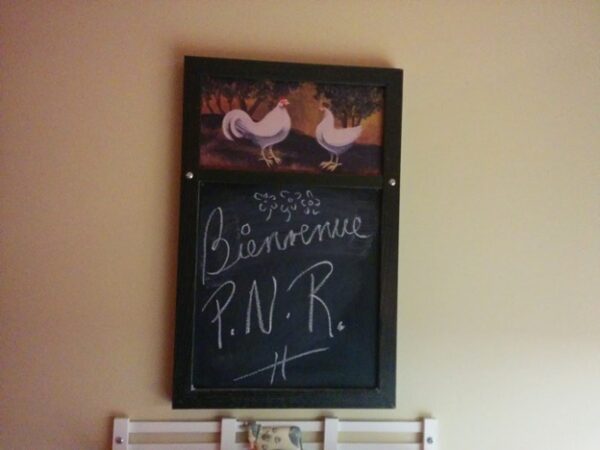This is part 2 of a series on strategy fundamentals and how the concept will evolve.
Here’s the previous post in case you missed it.
Every year, a curious phenomenon occurs. Many managers will lock themselves in a multi-day retreat and come out with a strategic plan. Henry Mintzberg is well known for saying that strategic planning is an oxymoron – that you can’t plan a strategy. He’s trying to convey the fact that the core insight that kick starts a business doesn’t come out of a formally planned process. You can’t preordain insight creation.
The key point I want to highlight is not that strategic plans are not useful, it’s just that they are often mistaken for insight generation that can transform or create a business. I want to share three ideas that help me categorize strategy in a linear fashion.
– Insight: this is the part where a person or team comes up with an idea to solve a problem in a new innovative way. In the startup world, terms like product-market fit abound. It’s about creating something of value that can be monetized now or in the future. It can be as simple as a new idea for a hotel, spinning class or email service.
– Strategy design: once we’ve hit upon a core insight that works, the idea needs to be reinforced and a business built around it. Most strategy design concepts focus on growth. For existing businesses, design is needed when the landscape has changed and the strategy needs to be reset.
– Strategic planning or execution: Once the strategy is set, we need a plan to execute it. Execution is where the rubber hits the road. The leadership team owns the execution of the plan and is held accountable for its success.
What is strategy design?
The part I want to focus on is strategy design. This is one of the most interesting aspects of strategy in my view. The gap between insight generation and strategy design can be 5 minutes or 5 years. Though there is no formula to follow, founders & leaders need to reduce that time as much as possible.
Let’s take the well known example of Amazon. The core insight that led to the creation of the company in 1994 was the fact that the internet was growing insanely fast and that a new way to purchase products was possible. The company started with books as the easiest first product but knew they would expand in other categories. You might have heard of Amazon’s flywheel pictured below:
This simple distillation of their strategy took until 2001 to be written down. It doesn’t necessarily mean that the company wasn’t intuitively already following this flywheel.
When you take the time to write it down clearly, the model is better understood. You can then actively work to improve each part of the flywheel and make it stronger.
This is the beauty of a strong founding team that seizes upon an insight and builds a sustainable business on top of that.
You don’t necessarily need to use the flywheel model to design your strategy. The point for founders and leaders is to clearly identify how they will build a repeatable & sustainable company. The best way to do this is to clearly identify the levers and how they will reinforce each other over time.
We don’t live in a vacuum
A key caveat is that strategy design shouldn’t occur in a vacuum. The broader landscape needs to be taken into consideration. Competitors and ecosystems will be the focus of the next post in the series.
As a sneak peek, competitive advantage means how does a business generate persistent differential returns over time – or another way to state it, be sustainably more profitable than its competitors. Ecosystem building is a newer concept and is much more dynamic in nature. It considers many more participants as part of a broader strategy.
I’d love to keep learning and improving my thinking on the topic. Feedback is welcome!




